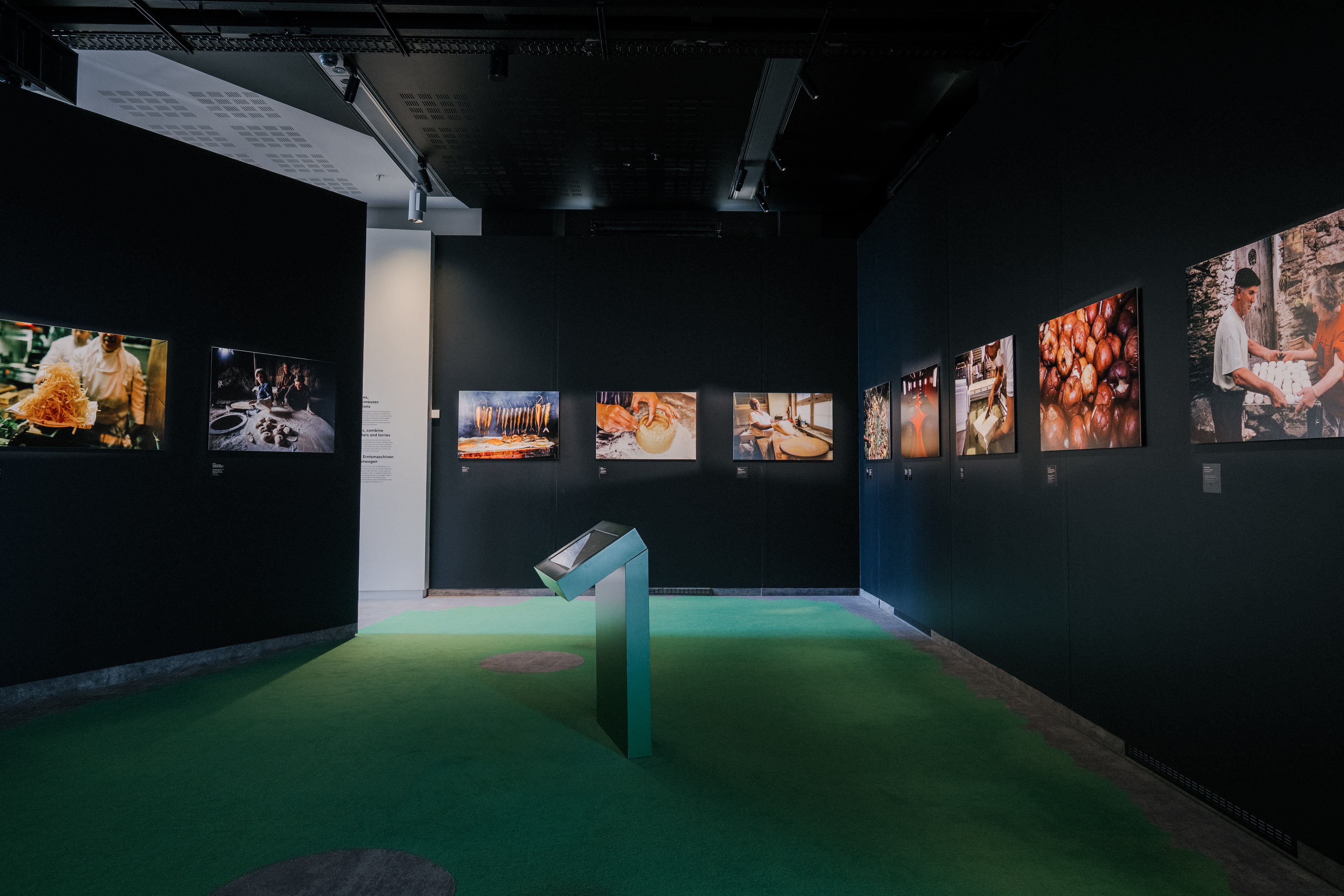The culinary triangle
Raw, cooked, and rotten. The ‘culinary triangle’ of the human diet.
Cooking food before eating it is one of the hallmarks of the human diet. In order to make food more digestible and nutritious than in its raw state, we physically transform it, usually by cooking or fermenting it, which in many cases has the advantage of making it more durable.
‘Raw’ is the most ‘natural’ state of food. However, raw foods, most of which come from agriculture, are usually cut, sliced, grated, ground, or pressed and then combined to become food for human consumption. Fish sashimi or a simple salad are already examples of ‘culinary cultures’ that require know-how and kitchen utensils.
‘Cooked’ food embodies ‘culture.’ Transforming food by mastering fire is an eminently cultural act. The oldest evidence of cooking dates back 760,000 years! There are three main categories: ‘boiled,’ as in noodles or pot-au-feu; ‘roasted,’ as in leg of lamb or oven-baked bread; and ‘smoked,’ as in smoked chicken from Guadeloupe or ‘speck.’ We can also ‘cook cold’: acid cooking with lemon as in Peruvian ‘ceviche’; cooking with salt for Swedish ‘gravlax’; cooking with sugar in candied fruit such as Japanese ‘koso’; cooking with vinegar for Spanish ‘escabeche’ or Belgian ‘rollmops’...
‘Rotten,’ in other words fermented, illustrates the ‘decomposition,’ the ‘return to nature’ of foods through controlled biochemical transformations, a complex know-how developed since the Neolithic period. ‘Lactic acid fermentation’ is caused by bacteria that produce yoghurt, cheese, dry sausage, kimchi, sauerkraut, and so on. ‘Alcoholic fermentation’ uses yeasts, which belong to the order of fungi. It is used to produce sourdough bread, wine, etc. ‘Acetic fermentation’ is caused by bacteria that produce a variety of vinegars and fermented sauces.



